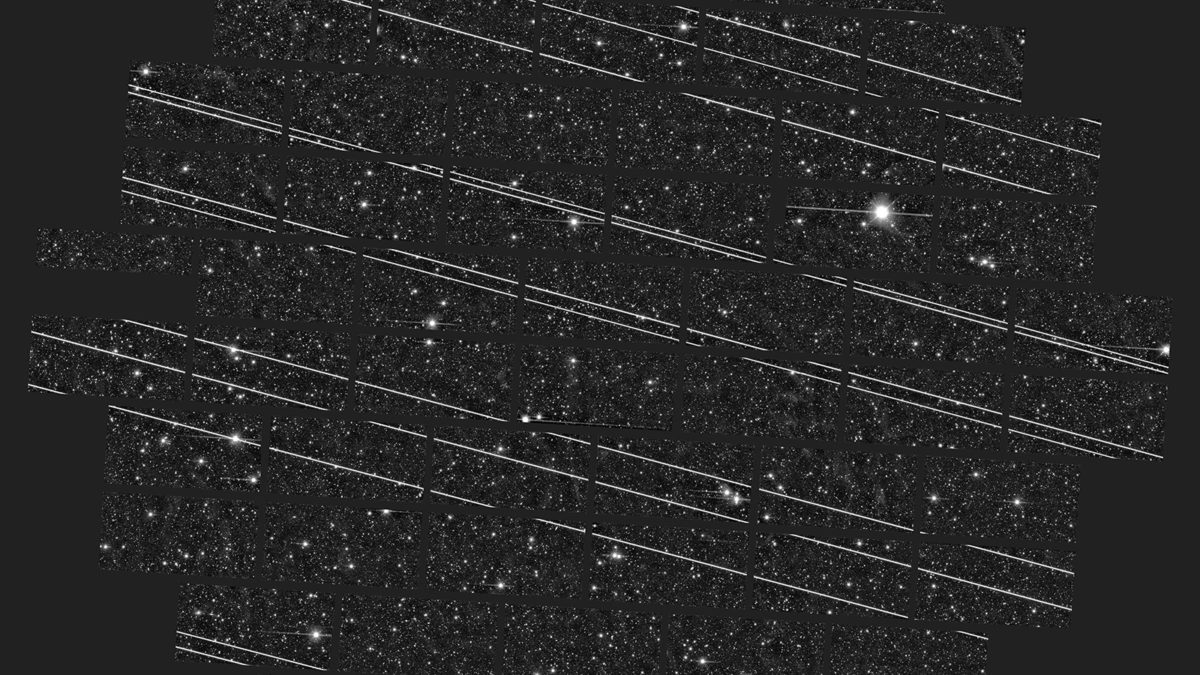Junk

Space junk or space debris is something we can measure with these radars (see Radar). There’s a region around 700-800km with a lot of satellites and a lot of debris, then there’s a region further up in the higher altitudes where there’s more satellites. The frequency or wavelength determines what size particle you can measure. Our VHS 900 MHz radar is very good at measuring particles at the order of 1 cm sizes. For our normal ionospheric and auroral measurements it’s a nuisance. When you have a flake of paint orbiting the earth and it comes into our beam it actually makes a very strong echo compared to the echos we normally get from the atmosphere – we tend to throw it away, to remove it from our data. But some of these echos we thought were satellites have to do with the aurora, so it's easy to mix them up (see Data and diagrams).
- Michael Rietveld, senior researcher at Tromsø EISCAT in discussion with HH and AM, 2018, EISCAT facility in Ramfjordmoen

Ten to fifteen years ago, before EISCAT started looking at this it was a huge problem. The European Space Agency made some experiments taking a 1,2 cm aluminium sphere – because it is aluminium it weighs practically nothing, less than 2 grams – they shot it at near 7km/s, a typical speed in space, onto an aluminium block to see what kind of crater it does. It’s very dangerous stuff. You don’t want that to hit an astronaut. You can protect against small particles less than half a centimeter, but particles that are bigger than that but smaller than 10cm couldn’t be seen from Earth, so you couldn’t protect from those. Eiscat stepped in and could do this measurement at under 2 cm using basic radar, there’s still a gap in what can be measured, but the gap is much much smaller.
– Thomas Ulich, EISCAT facility leader in discussion with HH and AM, 2018, Sodankylä